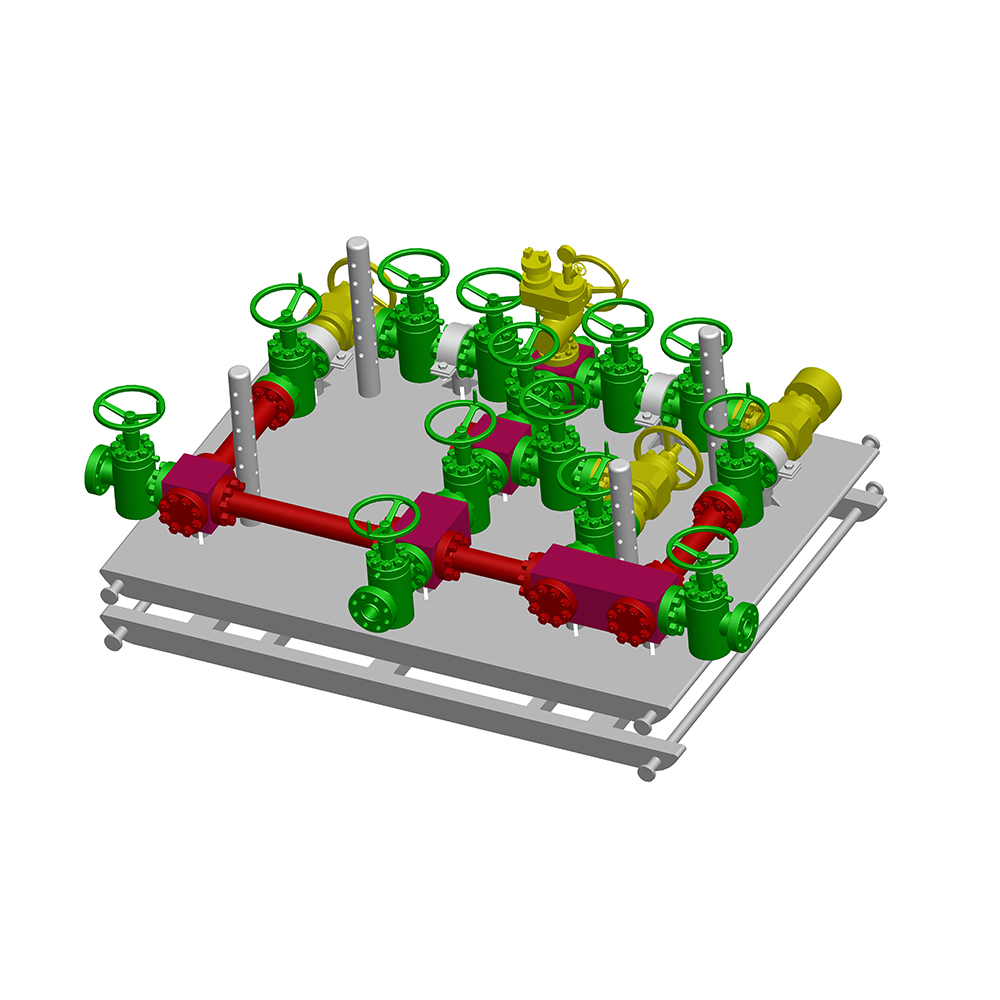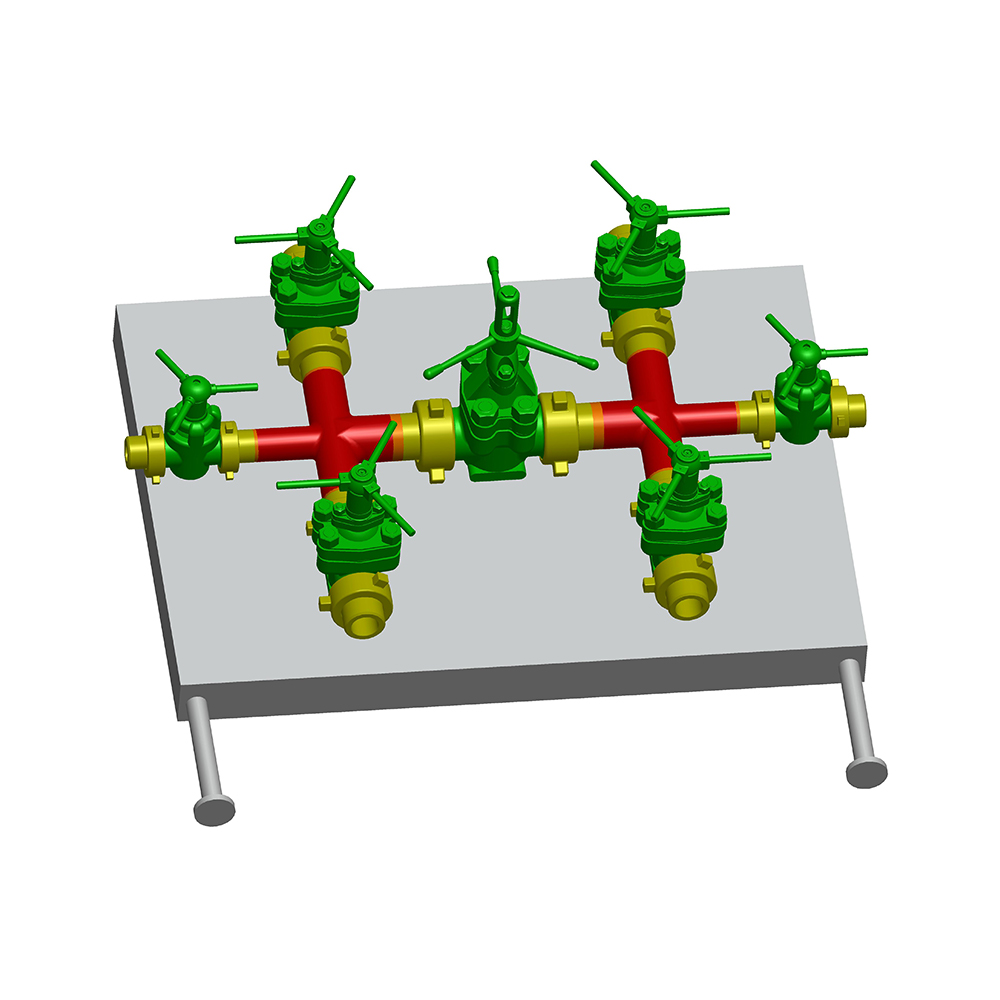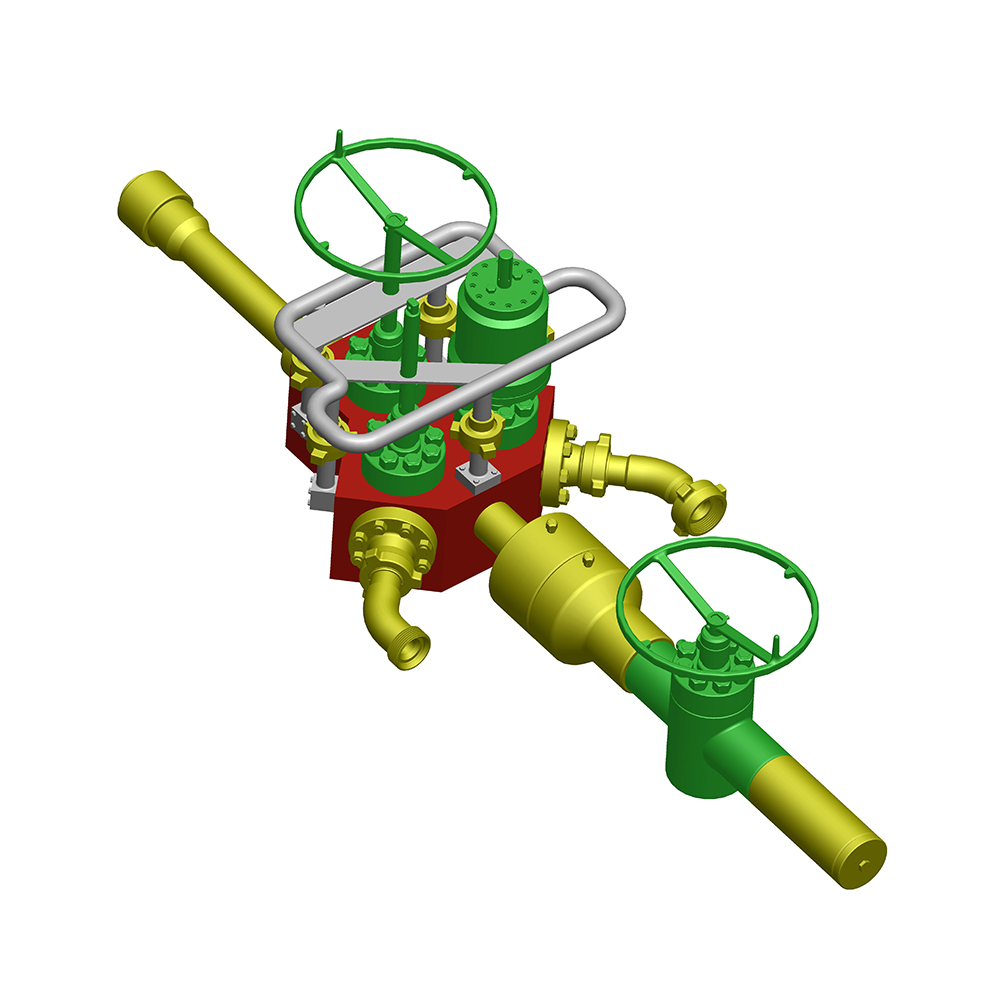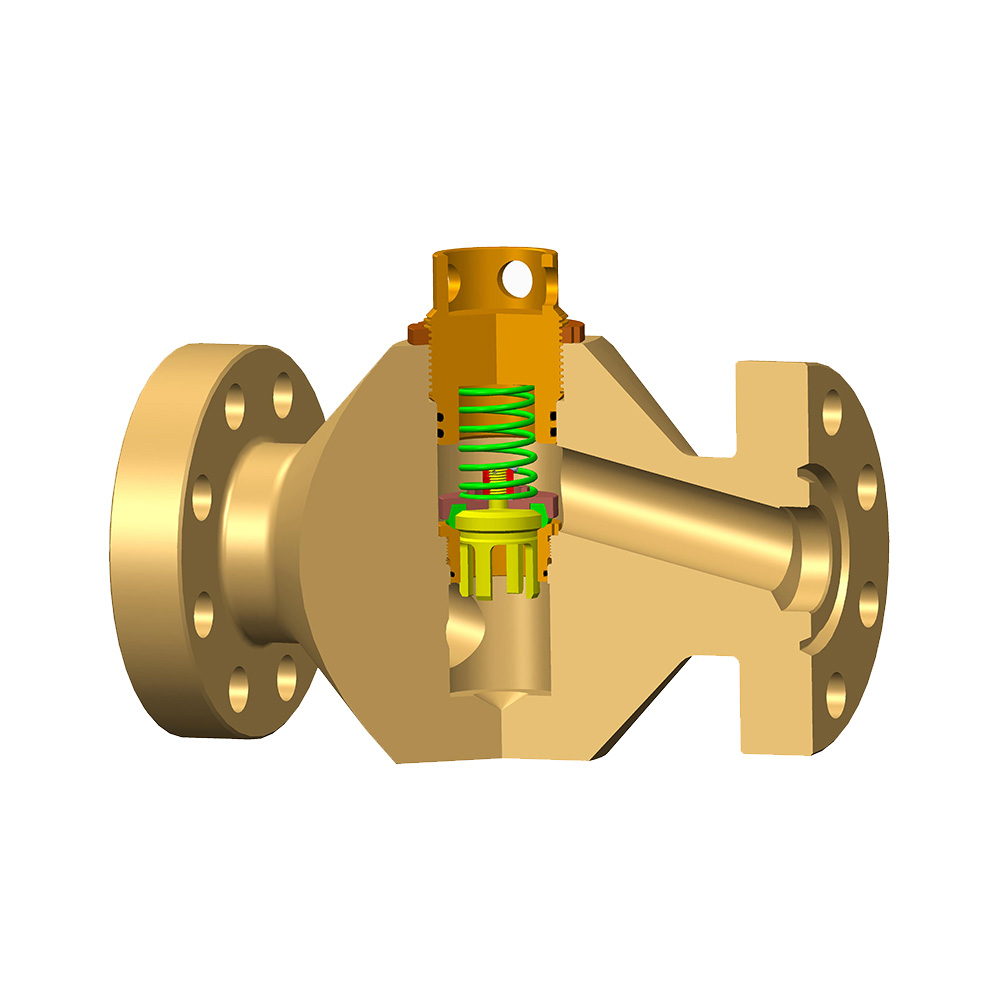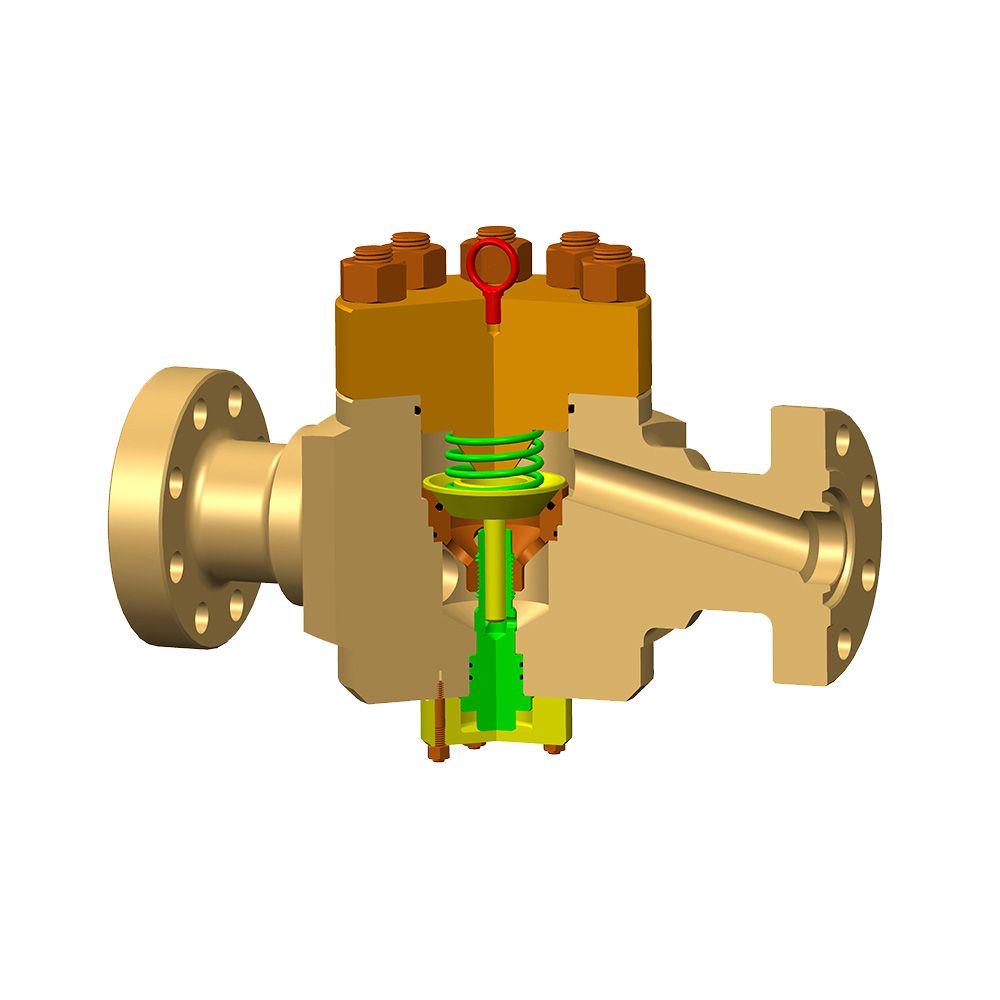Choke valves are indispensable components in oil and gas production, refining, chemical processing, and other industries where precise control of fluid flow rates and pressures is paramount. Their critical role in managing well production, protecting downstream equipment, and ensuring process stability means their reliable operation is non-negotiable. Understanding when to replace a choke valve is essential for maintaining system integrity, safety, and operational efficiency.
1. Degraded Performance and Loss of Control:
- Inconsistent Flow/Pressure Regulation: If the choke valve can no longer maintain the desired flow rate or downstream pressure within acceptable tolerances despite correct actuator settings, internal wear (e.g., trim erosion, seat damage) is likely compromising its ability to modulate effectively.
- Excessive Pressure Drop: A significant, unexplained increase in pressure drop across the choke valve under normal operating conditions often indicates internal restrictions caused by debris buildup, severe erosion, or partial plugging, hindering efficient operation.
- Reduced Rangeability: When the valve's effective controllable range (from minimum controllable flow to maximum) has noticeably diminished, it signals internal components are worn beyond their design capability.
2. Physical Damage and Wear:
- Visible Erosion or Corrosion: Inspections revealing substantial material loss from the trim (cage, plug, seat), body, or stem due to abrasive/corrosive fluids fundamentally weakens the valve and alters flow characteristics. Deep pitting, thinning walls, or significant material loss necessitate replacement.
- Cracking or Deformation: Any visible cracks in the valve body, bonnet, or critical components, or any deformation (bending, warping) caused by overpressure, thermal stress, or mechanical impact, constitute a serious safety hazard requiring immediate valve replacement.
- Severe Seat Damage: The seat/choke trim interface is critical for sealing and control. Deep gouges, significant deformation, or extensive wear preventing effective sealing or causing excessive leakage warrants replacement.
3. Operational Issues and Leakage:
- External Leakage: Leaks from the stem packing, body seals, or flange connections that cannot be remedied by standard maintenance procedures (like repacking) indicate seal degradation or body damage requiring valve replacement to prevent environmental hazards, safety risks, and product loss.
- Internal Leakage (Passing): Failure of the valve to shut off completely (allowing flow when in the "closed" position) due to seat/trim damage or debris prevents proper isolation and control, often necessitating replacement.
- Sticking or Binding: If the valve stem or moving components (plug, cage) bind, stick, or operate with excessive friction that lubrication or minor adjustments cannot resolve, it points to internal damage, misalignment, or corrosion that compromises reliable operation.
4. Maintenance History and Life Expectancy:
- Frequent Repairs: A choke valve requiring repeated, costly repairs (trim replacement, reseating, major seal overhauls) within a short timeframe indicates it's approaching or has exceeded its economic or functional lifespan. Replacement often becomes more cost-effective than continued patching.
- Exceeding Design Life: While well-maintained valves can outlast nominal design life, valves operating significantly beyond their intended service life under demanding conditions are at higher risk of catastrophic failure and should be evaluated critically for replacement based on inspection findings and performance.
5. Technological Obsolescence or Changing Requirements:
- Incompatibility with Process Changes: Modifications to the process fluid, pressure, temperature, flow rate, or required control parameters may render the existing choke valve incapable of safe or efficient operation, demanding a valve designed for the new conditions.
- Lack of Necessary Features: Modern requirements like specific metallurgy for corrosion resistance, enhanced materials for erosion resistance (e.g., advanced ceramics, hardened alloys), specific actuation capabilities (faster response, higher precision), or integrated monitoring features might necessitate upgrading to a newer valve model.
- Obsolete Design/Unavailable Parts: Difficulty sourcing replacement parts for older or obsolete valve designs makes maintenance unsustainable, pushing towards standardizing on newer, supportable models.
6. Regulatory or Safety Compliance:
- Non-Compliance: If the existing valve can no longer meet updated safety, environmental, or industry standards (e.g., emission control regulations, new pressure vessel codes), replacement with a compliant valve is mandatory.
Waiting for a choke valve to fail catastrophically is not an option. Regular, thorough inspections (including performance monitoring, visual checks, and non-destructive testing where applicable), combined with vigilant monitoring of operational parameters, are vital for early detection of the issues listed above.
Replacement decisions should be based on a comprehensive assessment weighing the severity of observed issues, the criticality of the application, the cost of potential failure (downtime, safety, environmental impact), and the cost-effectiveness of repair versus replacement. When signs of significant wear, damage, control degradation, or obsolescence are present, timely replacement of the choke valve is a necessary investment in operational safety, reliability, and efficiency.

